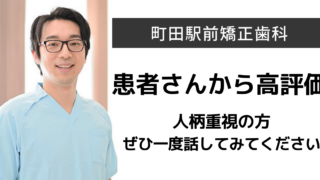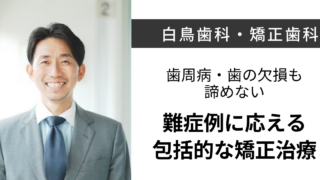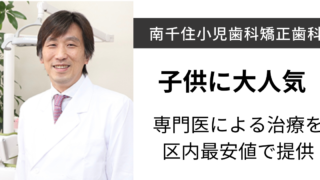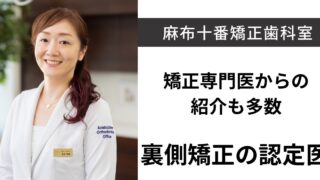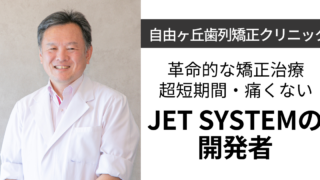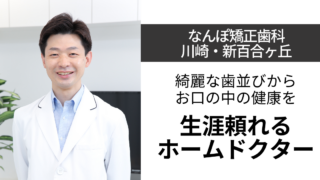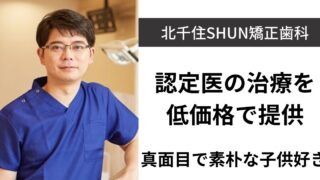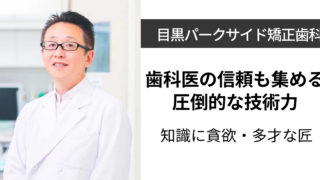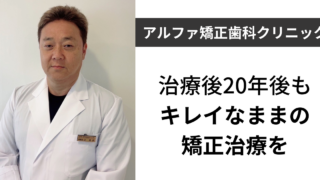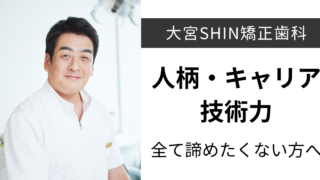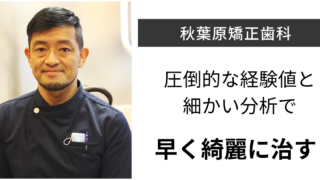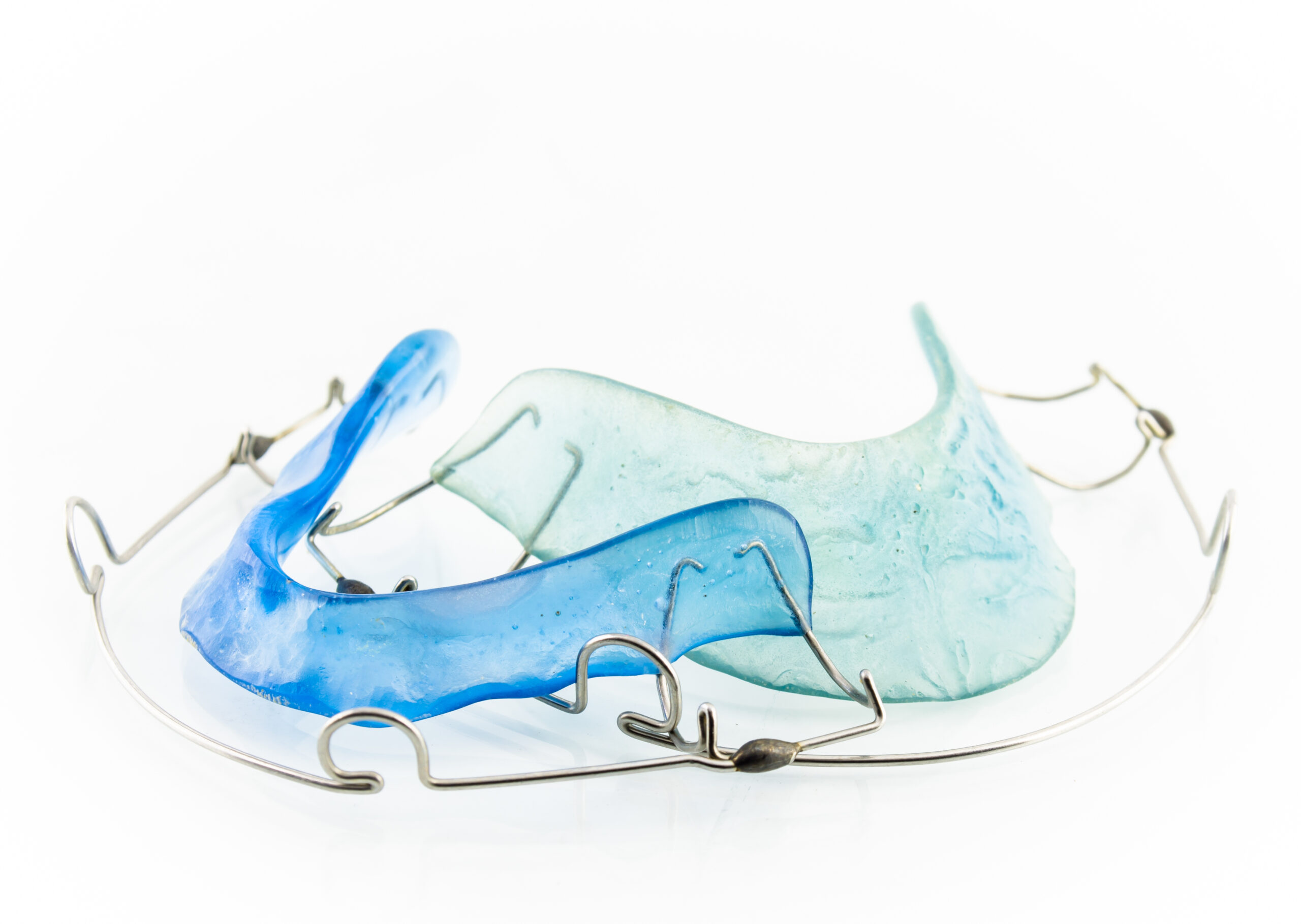
矯正で使うリテーナーとは?保定期間やよくあるトラブルについて
矯正治療では矯正装置を取り外したあと、歯が元の位置に戻ってしまうのを防ぐため、リテーナー(保定装置)を使って保定を行います。
リテーナーは治療で動いた歯やかみ合わせを維持させる、という重要な役割があります。
リテーナーを装着する保定期間をどう過ごすかで歯列矯正の成功・失敗が決まる、と言っても過言ではありません。
今回は矯正におけるリテーナーの目的、保定期間、よくあるトラブルなどについて詳しくご説明します。
リテーナーとは

リテーナー(保定装置)とは、矯正治療で動かした歯並びを安定させるために使う装置です。
矯正治療では治療期間中に矯正装置を着けて過ごしますが、矯正装置を取り外した直後は歯を支えている骨(歯槽骨)が安定しておらず、歯が元の位置に戻ろうとします。
これを「後戻り(あともどり)」と呼びます。
リテーナーは治療後の後戻りを防いで歯や周辺の筋肉、歯槽骨を安定させる装置です。
保定期間にリテーナーをしっかり装着することでととのった歯並びやかみ合わせが維持されます。
矯正治療はこの保定期間を経て、はじめて「矯正が完了した」と言えるのです。
矯正後の後戻りが起こる理由
矯正治療では矯正装置によって歯に一定の力をかけ続けます。歯に強い力がかかると歯を支えている骨(歯槽骨)が溶け、その溶けたすき間に新しい骨が作られて歯が動いていきます。
歯列矯正はこの「歯槽骨の破壊と再生」というメカニズムを利用した治療法です。
そして、歯列矯正が終了したあと、しばらくの間は歯槽骨が安定しておらず、歯は元にあった位置に戻ろうとします。
この現象が後戻りです。
後戻りが起こる理由ですが、矯正で歯を動かしたあとも歯の周辺の歯ぐきや筋肉繊維は歯が元々あった場所を覚えています。
このため、矯正装置を外しても治療前の歯並びに戻ろうとするのです。
歯の周辺組織に新しい位置を覚えさせるには一定の時間が必要です。
保定期間に装着するリテーナーには
「元の位置に戻っちゃダメ!ここが新しい位置ですよ!」
と歯槽骨や周辺の組織に教えてあげる、という役割があります。
そのためリテーナをさぼったら後戻りが起こる原因となります。
リテーナーの種類
リテーナーには取り外し式と固定式の2種類の装置があります。
保定期間中は歯並びやお口の状態を見ながら、それぞれの患者さんに適したリテーナーを使用します。
・取り外し式(可撤式:ペッグタイプ、ホーレータイプ、マウスピースタイプ)
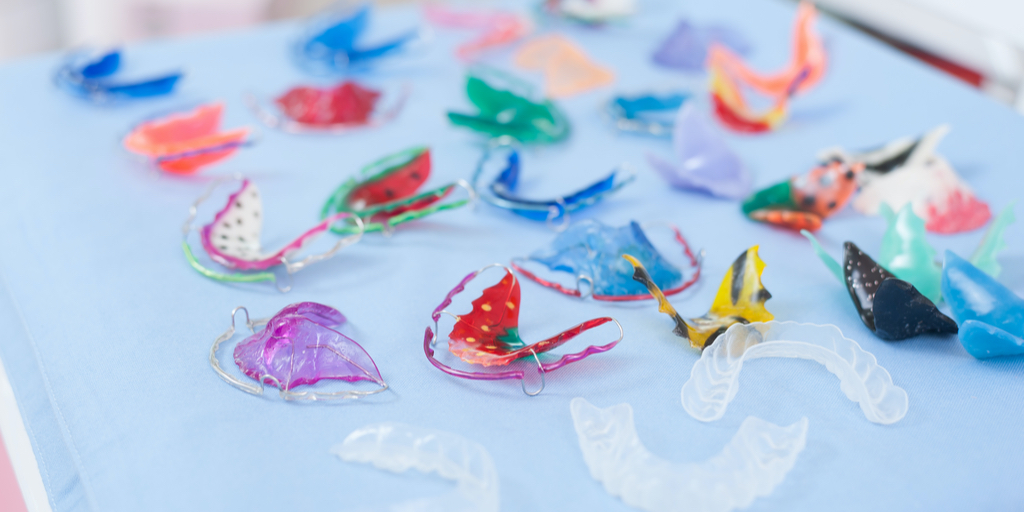
取り外し式のリテーナーは可撤式とも呼びます。
文字通り、いつでも自由に取り外せるのが特徴です。
取り外し可能なため、食事のときや歯磨きのときに外すことができ、歯を清潔に保ちやすい、というメリットがあります。
取り外し式のリテーナーには
「歯の外側をワイヤーで抑え、裏側の歯ぐきをプラスチックで覆う」ペッグタイプ
「後戻りしやすい前歯だけを抑える」ホーレータイプ、
「歯全体を透明なプラスチックで覆う」マウスピースタイプ
などがあります。
・固定式(フィックスタイプ)

固定式のリテーナーはフィックスタイプと呼びます。
取り外し式とは異なり、特殊な接着剤で歯の裏側にリテーナーを固定します。
材質は金属のワイヤーが多く、歯の裏側に取り付けるためそれほど目立ちません。
取り外し式のような着脱の手間がないのがメリットです。
ただし、接着剤で歯の裏側に着けるためワイヤーの周辺に歯垢や汚れがたまりやすく、清掃しにくいのがデメリットです。
このため、歯科医院で定期的に歯の清掃をする必要があります。
保定期間ってどれくらいあるの?いつまでリテーナーは必要?
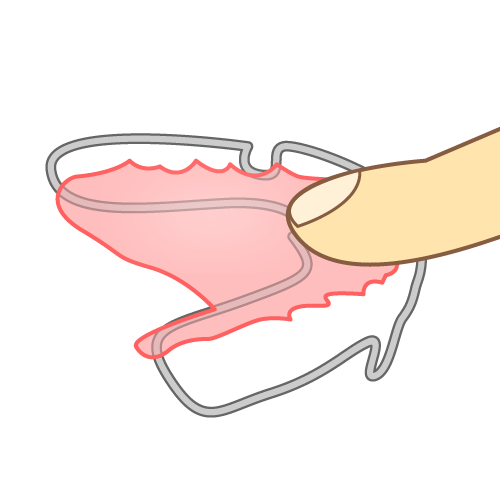
歯列矯正で移動させた歯が後戻りしないためには、リテーナーを一定期間装着する必要があります。
この期間を「保定期間」と呼びます。
保定期間は患者さんによって異なりますが、おおむね、矯正装置を装着していた期間と同じくらいの期間を要します。
2年間、矯正装置を着けていたなら保定期間も2年、3年なら保定期間は3年、ということになります。
リテーナーの装着時間
矯正が終了した直後(矯正装置を取り外した直後)は、食事と歯磨きのとき以外はリテーナーを装着します。
矯正終了後、半年~1年を目安に「就寝時のみ」「夜間のみ」「週に2~3日のみ」「1週間のうち数時間のみ」徐々にリテーナーの装着時間を短くしていきます。
しかしリテーナーは長期的な継続使用が望ましいです。
矯正終了後はおおむね2~3年程度の保定期間を必要としますが
(※患者さんによって保定期間は異なります)
リテーナーの装着は保定期間が終了したあとも長期的に継続して装着し続けるのが望ましいです。
後戻りがしやすいかどうかには個人差があるほか、歯や歯ぐき、歯の周辺の筋肉組織や歯槽骨は年齢とともに変化します。
このため、歯並びを安定させるにはできるだけ長く、可能ならば一生リテーナーを使い続けることをおすすめします。
舌癖がある方は特に後戻りしやすいので、保定期間後もせめて就寝時には着けておいた方が賢明です。
「一生」と聞くとうんざり・・・と感じられる方もいらっしゃるかもしれません。
しかし、一生とは言っても保定期間が終了したあとの話です。
装着時間は最終的には「1週間のうち数時間程度のみ」になることがほとんどのため、
想像するよりも精神的・肉体的負担は軽くなります。
また、リテーナーの中でもフィックスリテーナーは固定式なので、そのままずっとつけ続けるという方も多いです。
リテーナーのトラブルと解決方法
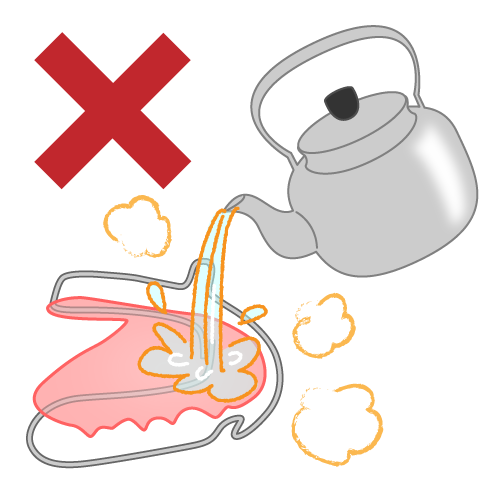
リテーナーが破損してしまった
保定期間中にリテーナーが壊れてしまったときは、できるだけ早く矯正を受けた歯科医院に相談してください。
破損したリテーナーを使い続けると保定効果が弱まるほか、歯や歯ぐきに思わぬ障害が発生するおそれがあります。
破損具合が小さければ1日で修復が可能です。
破損が大きいケースでは修理するのに数日間~2週間以上かかることもあります。
破損があまりにも大きい場合は新しいリテーナーを作成します。
リテーナーを失くしてしまった
リテーナーを失くしてしまった場合も破損時と同様になるべく早く歯科医院で受診ください。
新しいリテーナーを作るには平均で3週間~1か月以上の時間を必要とします。
新たなリテーナーができあがるまでのあいだは、仮の装置などを使って後戻りを防ぐ処置を行います。
リテーナーをなくさないためには、
いつもケースを持ち歩き、外すときにはすぐにケースにいれておくと良いでしょう。
リテーナーを装着するのをさぼってしまった
患者さんの中には定められた装着時間を守らず、ついついリテーナーをさぼってしまう方もいます。
リテーナーはさぼればさぼるほど、後戻りが進みます。
リテーナーをさぼったとしても再装着時に違和感や痛みがなければそれほど問題はないことが多いです。
しかし、リテーナーをさぼったあとに再装着した際、
「いつもよりもキツく感じる」
「痛みを感じる」
ようであれば、後戻りが進んでいるかもしれません。
もし、リテーナー装着時に違和感や痛みがあるときにはなるべく早く、矯正を受けた歯科医院でチェックを受けるようにしてください。
【まとめ】
矯正治療後に行う保定とリテーナーの目的についてご説明をさせていただきました。
・矯正装置を外したあとは「後戻り」が起きる
・後戻りを防ぐためにはリテーナーを装着する必要がある
・リテーナーを装着する保定期間は矯正装置を着けていた期間と同じくらい(平均で2~3年程度)
・可能ならば一生、リテーナーを定期的に装着し続けるのが望ましい
・リテーナーはさぼらないこと
・もし、リテーナーにトラブルが起きたときは早めに歯科医院で受診を
せっかく高額な費用で歯列矯正を受けたのに、歯がすぐに元の位置に戻ってしまっては意味がありません。
矯正治療で得た綺麗な歯並びを守るためにも、しっかりとリテーナーの装着を続けるようにしましょう。
「どの歯科医院を選べば良いのかわからない」「自分に合った治療法を知りたい」という方は、
現役歯科医師にLINEで無料相談可能な365dentistをご利用ください。
365dentist総監修 歯科医師/ゆきこ
長崎大学歯学部卒業、〜2018 九州医療センター歯科口腔外科、2018〜現在 都内歯科クリニック勤務
監修 歯科医師/Naomi
臨床研修終後、都内審美歯科勤務。現在は非常勤歯科医師/歯科ライター
日本歯科審美学会会員


